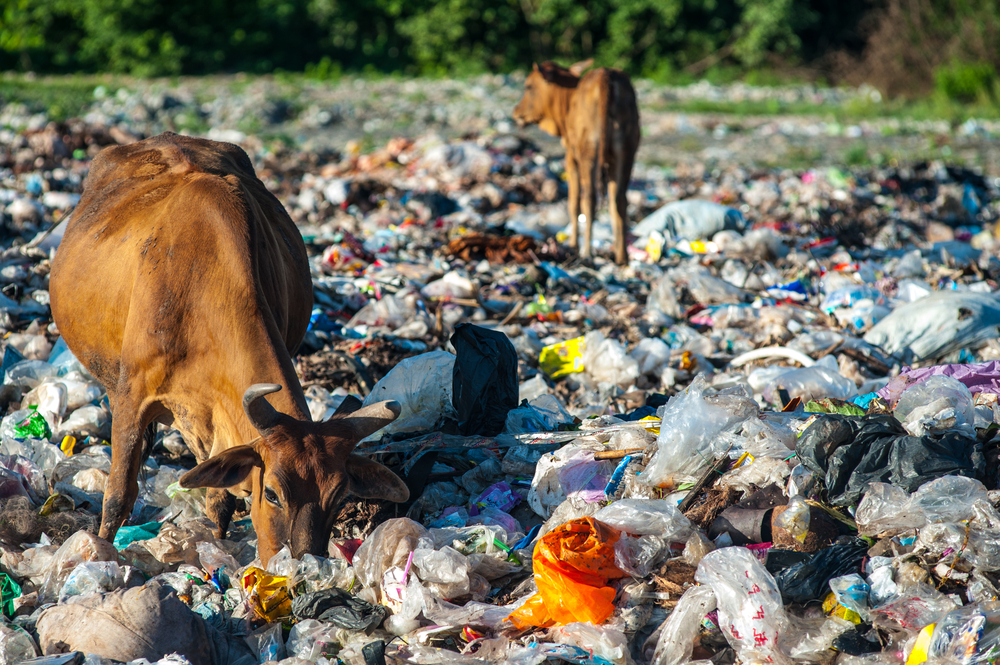
13 Jun Start Curing the Waste Crisis: Recycling – A 101 Guide
Understanding The Waste Crisis and Your Role In It
Recycling is one of the easiest and arguably amongst the most effective, eco-friendly practices anyone can adopt. A 2016 poll estimated the average waste each person produces daily is just under 2.5kgs.
One would assume that every greenie worth their vacuum-packed compost bin is skilled in the art of recycling, but confusing package labels, inconsistent recycling programmes and false recyclability claims can cause even the most conscious consumer to make a mistake.
If you’re new to the business of re-using and upcycling your products, here’s a beginners guide to recycling. If you’re no stranger to the practice, consider this a refresher.
WHAT CAN YOU RECYCLE?
There are many materials that can be recycled easily. Either you can transform your trash into something functional, or your local municipality can take care of it when they collect your garbage once a week. Purchase recycling bins for your home and work space and inform people that you are doing so, making their involvement simple and easy enough to do.
You can re-use newspapers, magazines and telephone directories; plus junk mail, office paper and school books. Most cardboard packaging, including cereal boxes, juice boxes and toothpaste boxes, toilet rolls and milk cartons can be recycled too. Plastic drinking bottles and shampoo bottles are recyclable as well, plus cooldrink cans, beer cans, food tins and tinfoil.
Ziploc bags and other sandwich bags can be recycled (please note: not through your home recycling bin though!) with other types of film plastic, including shopping bags, drycleaning bags and produce bags. The best place to find recycling centres for these plastic bag products is at your local grocery store.
If you’re setting up recycling bins in your home or office, be sure to clearly mark each bin so as not to cause any confusion. Ideally, you should be rinsing/cleaning your recyclable materials of things like food waste for example, before dropping them in one of the bins. If your local municipality doesn’t have a recycling programme, ask around or do some Googling for a recycling depot nearest to you. Though most districts have made an effort to support sustainable, eco-friendly living, you might need to encourage yours by starting a recycling heap yourself.
Eco-warriors wanting to go the extra mile can re-use their food waste as compost for their yard or kitchen gardens.
WHAT CAN’T YOU RECYCLE?
It is important to know that there are certain goods that cannot be recycled. In an ideal world, and the type of world that we should all be striving for, products made of single-use materials would just be discontinued. Society has been crafted in such a way that it makes it very difficult for us to function without these products, so if you must, and we really mean must, then do so consciously and do so sparingly. Wax paper and wax-coated paper, like conventional dog food bags and paper cups cannot be recycled, and neither can laminated paper and carbon paper. Stickers and confetti aren’t recyclable. Chip bags, sweet wrappers, toothpaste tubes and cling wrap are on the no list too.
Before you consider grabbing a coffee to go, remember that the pesky plastic cups you’re drinking your java out of as you run your errands can’t be recycled. Neither can disposable straws. There is a cacophony of coffee shops offering discounts for customers who bring in their own mugs, so why not find out which ones are close to you? A number of eateries are replacing plastic straws with glass or copper ones too. Patron and champion those eateries.
Something else you should know: the microbeads found in your favourite facial exfoliating scrub and toothpaste are too tiny to recycle.
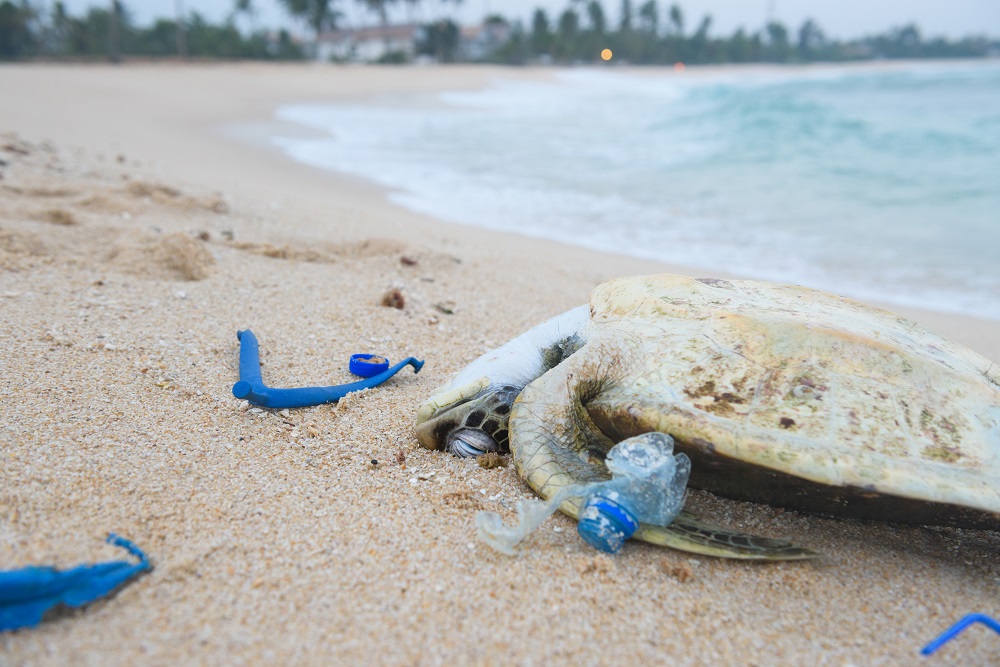
Dead sea turtle in plastic waste
THE DIFFERENCE BETWEEN COMPOSTABLE AND RECYCLABLE
There are certain products on the market that decay organically. Either because of the nature of the product (fruits, vegetables etc.) or because of the way it’s been manufactured, these products can be broken down and used to fertilise soil. Compostable goods, like biodegradable items, help the earth instead of hurting it.
Recycling is the re-use of a certain product material. If you recycle the plastic carry bag you purchased for your groceries, an eco-conscious accessories company might upcycle your carry bag (and a few others) to make a cute coin purse.
The easiest way to remember the difference is compostable products leave no trace (which is why we recommend you use them whenever possible), while recyclable products get re-used over and over and over and over again.
WHAT CAN YOU SWAP OUT?
Though conservationists are working tirelessly to encourage the use of environmentally responsible products as opposed to less conscious competitors, consumers need to do their bit too.
Granulated sugar or used coffee grounds are a great substitute for the microbeads in your face mask. Make a face mask exfoliator at home using the most natural ingredients. Take the ‘litter’ out of glitter by buying this biodegradable body art for your next birthday party or music festival.
Take a look in your bathroom for disposable razors, toothbrushes, shampoo and conditioner bottles, and body wash containers. If they’re made of plastic, swap them out for products made from glass or bamboo (in the case of your toothbrush).
Your kitchen is also a great place to work on. Loliware is a company that produces edible cups that are 100% plastic-free and non-GMO. You might not know this, but many tea companies use plastic materials to strengthen their bags, so look into using loose leaf tea as a substitute. Also, material serviettes that can be washed and re-used are more environmentally considerate than paper ones.
SINGLE-USE PLASTICS
If you’ve had your head above ground over the last few months, then you should be no stranger to the notion of “single-use plastics”. Companies, publishers and individuals alike are banding together to inform people of how senseless and irresponsible the use of plastic once only is before throwing it away – whether you’re recycling it or not. Both the production and the disposal of these items puts an incredible burden on Mother Earth and people need to be prompted to not indulge in these conveniences.
KNOW YOUR SYMBOLS
Even with the best of intentions, trying to make sense of indecipherable product labels can hinder successful recycling. Below is a breakdown of the most used recycling symbols you’ll find on your products.
The Mobius Loop
This symbol indicates that the product or packaging can be recycled. There are many variations to this popular recycling symbol. If you see the loop with a percentage on the inside, it’s explaining how much of the product is made from recycled materials. In other cases, especially when purchasing plastic products, you’ll notice the numbers 1-7 in the centre and a collection of letters below. These indicate what type of plastic is being used and what it has been recycled from.
The Green Dot
Though this symbol doesn’t necessarily mean that the product can be recycled, it is used to signify that the producers have made contributions to conservation projects as well as recycling initiatives. European countries use this symbol so you’ve probably seen it on imported goods.

The Green Dot
The Forest Stewardship Council (FSC) logo
If you want to identify wood-based products (paper, cardboards etc.), this symbol is your tell. Considered by the World Wide Fund for Nature (WWF) as the “hallmark of responsible forest management”, FSC works to preserve the earth’s forests, its wildlife and its people.
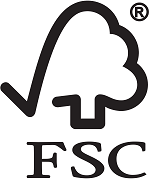
FSC
The Tidyman
This British symbol, introduced by the Keep Britain Tidy organisation also doesn’t confirm that the product is recyclable. It is a friendly reminder to be a good citizen and deposit your rubbish responsibly.
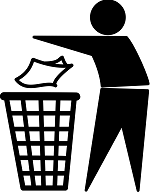
Tidy Man
We have endured the electricity crisis, we’ve felt the thirst of the water crisis (those in Cape Town are still living through it). The next thing to affect us on a global scale, and that is happening already, is the waste crisis. From the overwhelming statistics of how much waste is currently weighing down the planet, to the humbling imagery of literal plastic islands floating through the ocean, we can no longer gently nudge ourselves and others in the right direction. Our situation is dire. It has become a matter of life or death: we are killing the blue marble we call home through thoughtless consumption. It’s time we educated ourselves and adopt a religious recycling routine.
We’ve made the waste-free journey easy for you by creating Plastic-Free and Waste-Free shopping categories on the site.
Resources:
https://www.recyclenow.com/recycling-knowledge/packaging-symbols-explained
http://naturalsociety.com/recycling-symbols-numbers-plastic-bottles-meaning/



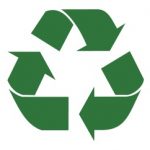
Pingback:67 Ways to Honour Mother Nature on Mandela Day - Faithful to Nature Natural and Organic Blog
Posted at 12:11h, 26 June[…] in recycling bins and use them […]
Tania Potter - Soul Sense Coaching
Posted at 09:46h, 12 JulyWonderful, simple and easy to follow rules for recycling. Thank you.
Dylan
Posted at 14:48h, 16 JulyPlease double-check your explanation of the moebius loop. It doesn’t guarantee that a product can be recycled or comes from recycled materials. The number inside indicates what group of plastic it is, and not all plastics can be recycled.
It would also be helpful if you included some information on why it’s important that compostible products are actually composted instead of sent to landfill or recycling.
Thanks.
Tim Jones
Posted at 03:51h, 10 AugustYes, I totally agree with what you said. There are definitely a lot of things that we can make out of old newspaper etc. I used to make a paper flower out of old newspaper. It is so overwhelming to see old things comes to life again. I believe that we just have to use our imagination to make new things out of old. Thanks for sharing this article.
Pingback:The Green Goddess Guide to Eco-friendly Camping
Posted at 12:08h, 15 August[…] think it goes without saying, but just as a friendly reminder DO NOT LITTER. Be responsible about your trash. If you’re going to be silly enough to smoke cigarettes, don’t just flick the butts – put […]
Pingback:Become a green goddess by making earth-friendly cosmetic choices.
Posted at 16:29h, 01 October[…] out for the mobius loop. The triangle made of arrows speaks to the lifespan of the products packaging. If the symbol is […]
Pingback:My Top 5 Takeaways from Zero Waste Home by Bea Johnson - Faithful to Nature Natural and Organic Blog
Posted at 12:19h, 18 October[…] Start Curing the Waste Crisis: Recycling – A 101 Guide […]
Pingback:Reduce Your Food Waste - Faithful to Nature Natural and Organic Blog
Posted at 11:29h, 02 November[…] a soda can out their window during traffic, I wll riot. Just stop it. Recycle your metal, paper and plastic. Invest in an effective compost bin that will convert your food waste into earth nutrients to feed […]
Rani
Posted at 09:43h, 24 MarchThks for sharing these tips as we educate ourselves. We also need to be mindful in our daily activities to become eco friendly.